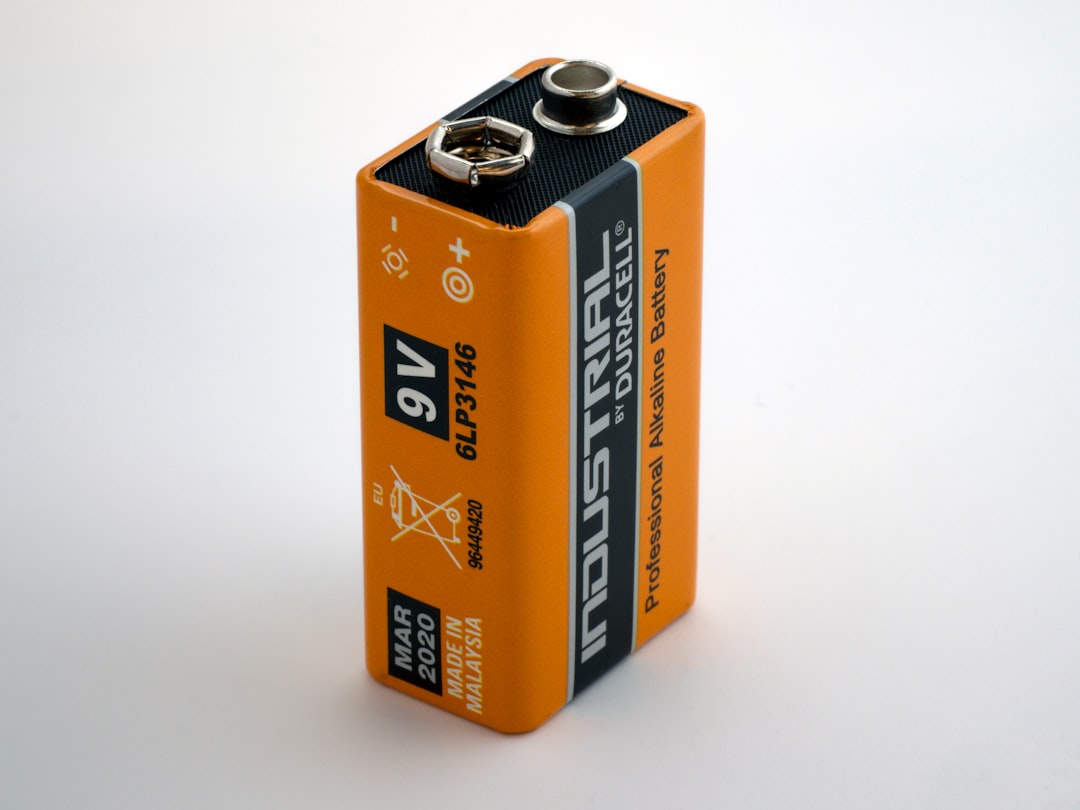What is it about?
Planar biosensors suffer from the low capture/deposition rate of biospecies on their surface. To solve this, we use electrokinetic effects to attract bacterial cells directly on the sensor surface and demonstrate a significantly higher sensitivity.
Featured Image
Why is it important?
We propose a) a unique electrode design to combine impedance spectroscopy with electrokinetics, b) the use of resonance to enhance electrokinetics, c) the combination of short- and long-range electrokinetics effect to efficiently trap bacteria.
Read the Original
This page is a summary of: Resonant dielectrophoresis and electrohydrodynamics for high-sensitivity impedance detection of whole-cell bacteria, Lab on a Chip, January 2015, Royal Society of Chemistry,
DOI: 10.1039/c5lc00090d.
You can read the full text:
Resources
Contributors
The following have contributed to this page










